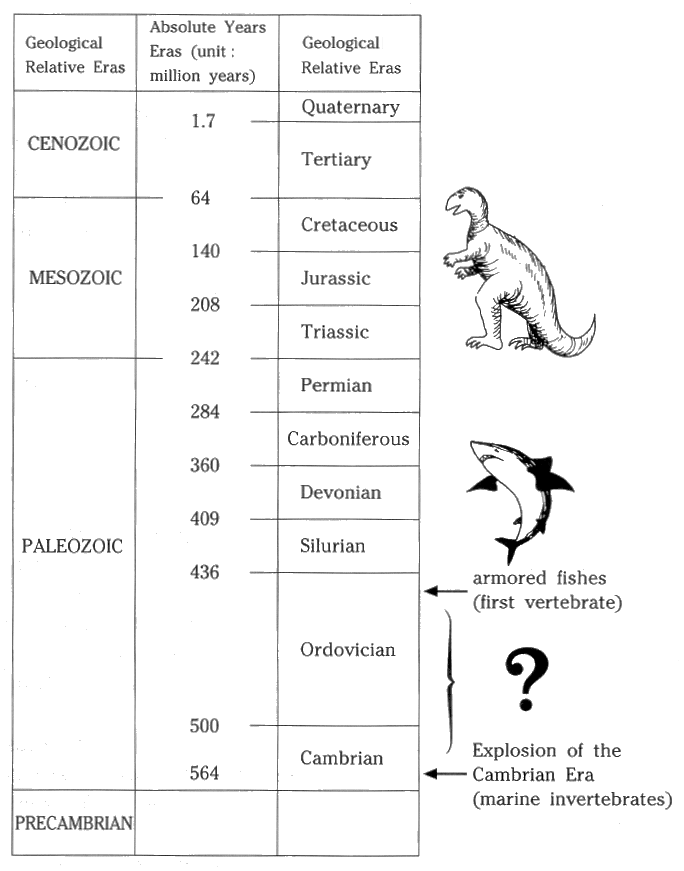Evolutionism Myth #4:
As soon as Darwin published On The Origin of Species,
he suffered a fierce attack from the Christian world. Yet, Darwinism gradually prevailed as a scientific theory, coming to be accepted by the general public. As time went on, Darwinism seemed to have established an unassailable position, especially with the development of synthetic theory in the 1940's. In 1980's, however, there arose an atmosphere of reexamination of Darwinism. Thus, let us deal with some of the representative points singled out as problems in Darwinism.
The Nonexistence of the Fossils of Intermediates:
The archaeopteryx has turned out not to be an intermediate.
A big mutation is known to be harmful and often fatal to living beings. Therefore, it is considered that small mutations occurred consecutively, and that living beings gradually evolved by natural selection. Accordingly, consecutive fossils of living beings should be discovered that would show the footsteps of evolution from one species to another. However, in reality hardly any fossils of intermediates have been found. The lack of fossils to serve as evidence for the existence of such intermediate living beings is expressed by the expression "missing link."
In the theory of evolution, it is believed that in the process whereby invertebrates evolved into vertebrates, the former passed through primitive stages of vertebrates, but no evidence for such a view is recorded in fossils.
There is a gap of about one hundred million years between the early Cambrian era, from which numerous fossils of sponges, coelenterates (coral), echinoderms (brittle stars), mollusks (snails), and arthropods (trilobites) are found, and the later Ordovician period, from which the fossils of the first animal that really possessed the features of a fish as a vertebrate appeared. No fossils of an intermediate type have been found (Ommaney 1964, 60) (see Fig. 9). No matter how skillfully one might devise hypotheses, it remains extremely difficult to account for this big gap through the theory of evolution.

Fig. 9: An Example of Missing Links
As for the archaeopteryx, which has been mentioned as an example of fossils of intermediates just on the verge of changing from reptiles to birds, recently it is considered that the archaeopteryx possibly is not an intermediate but simply a kind of unusual bird existing in those days (Hitching 1982, 21-23).
It was reported in 1986 (Takei 1987, 16) that the fossil of a bird was found in Texas that is considered to have lived 150 million years ago-or 75 million years prior to the archaeopteryx. Thus, it is now becoming impossible to assert decisively that the archaeopteryx was an intermediate species changing from reptile to bird.
The nonexistence of fossils of intermediates is the fundamental problem of the theory of evolution.
Excerpt from:
From Evolution Theory to a New Creation Theory -- Errors in Darwinism and a Proposal from Unification Thought
Under the Supervision of Dr. Sang Hun Lee
|
 |





